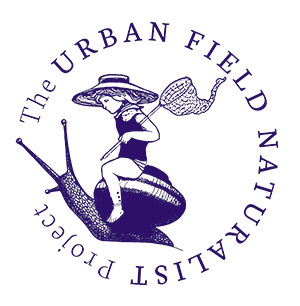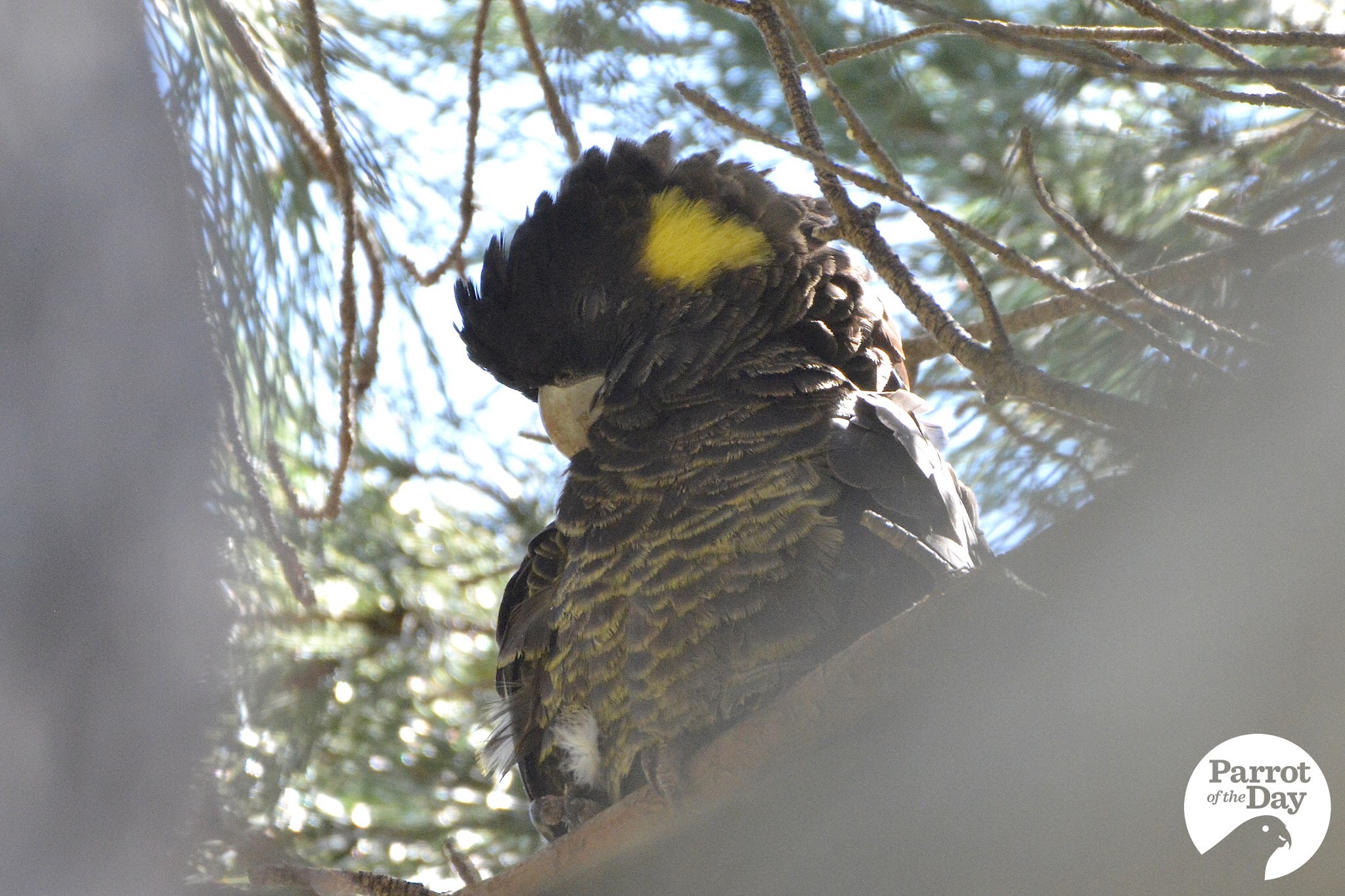
Hiding in plain sight?
Stephen Downes

At nearly 70cm from bill to tail, the yellow-tailed black-cockatoo (Calyptorhynchus funereus) is Australia’s largest parrot, so you’d think it unlikely a flock of them would go unnoticed in a suburban street. But many residents of Sandringham in Melbourne’s south east seem to have been unaware of the presence of these magnificent birds.
We were on a neighbourhood walk when we saw tell-tale signs: big pieces of pine cone, freshly chewed, strewn about the footpath. A quick scan up and around, and there they were in the tops of a few tall trees. One landed briefly on a front fence, another on a carport roof, before flying back up to the anonymity of the treetops. After a few minutes, by tacit agreement, they flew off out of sight.
More Melburnians are reporting sightings of yellow-tailed black-cockatoos in the suburbs this autumn; some have asked me if their presence is a consequence of last summer’s vast bushfires in south-eastern Australia. I think it’s more likely they’ve been quietly visiting the suburbs to feast on pine cones and other treats for many years, but are being noticed - often for the first time - by people with more time to spend in their gardens, to walk in local streets, and to pause in parks and reserves... thanks to Covid-19.


Dr Stephen Downes is a marketing academic, enthusiastic bird photographer, and founder of @ParrotOfTheDay on Twitter and Instagram